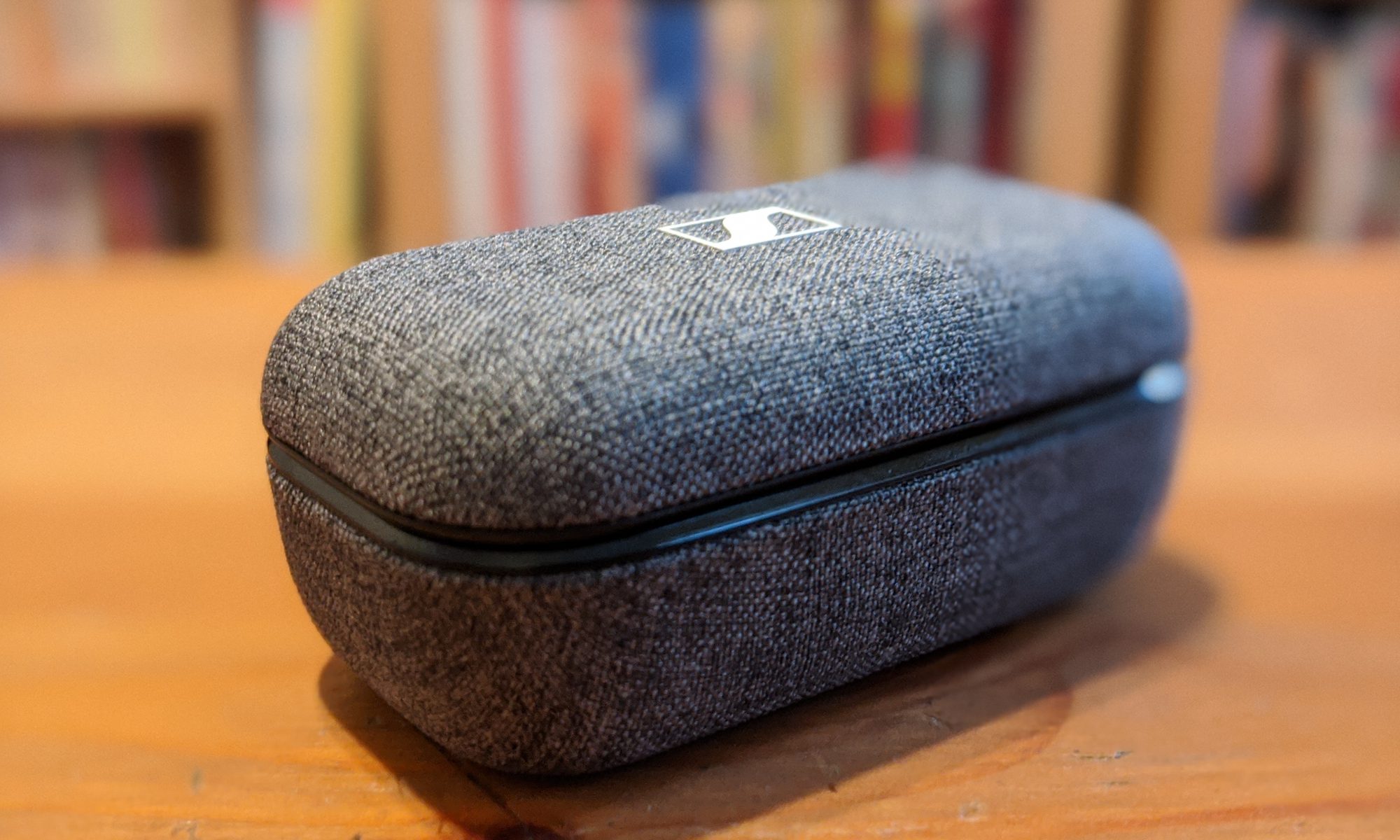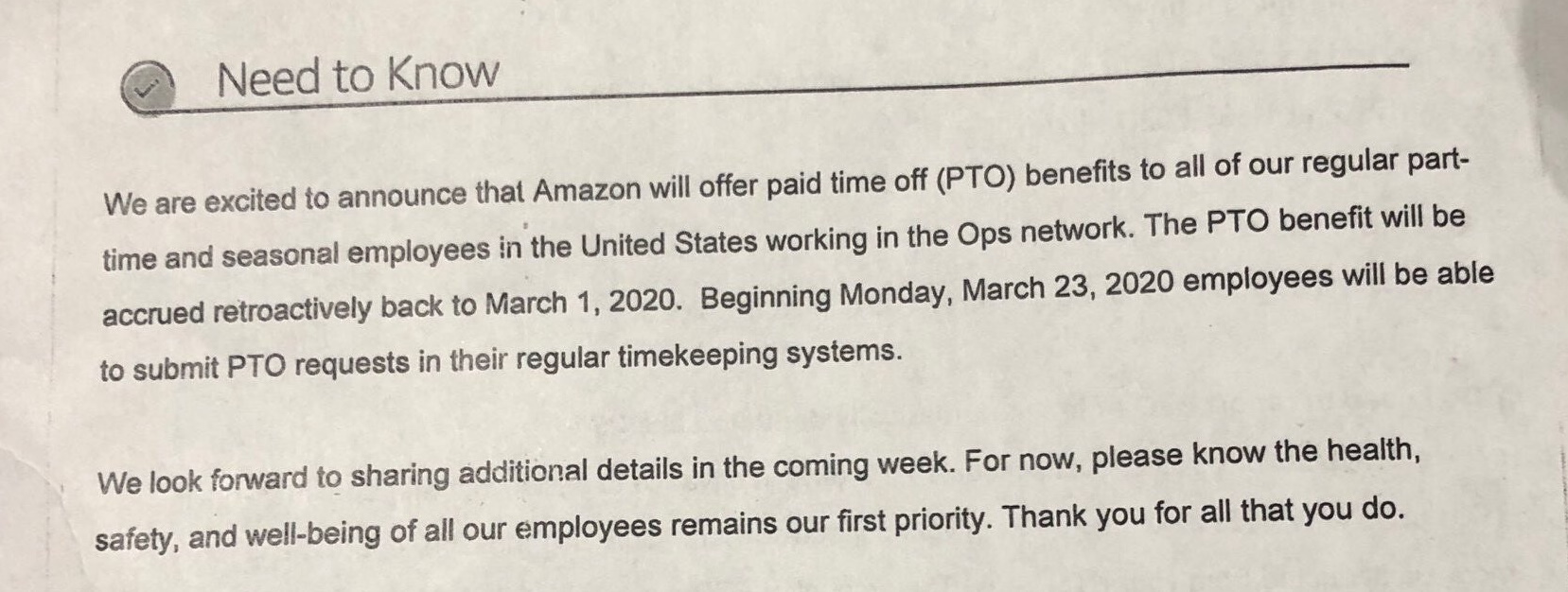Victoria Stafford, a third-year student at UC Berkeley, was set to begin working at Yelp in June as a sales intern — the only internship she applied to. And then it was canceled because of the COVID-19 pandemic.
“When I first read the cancellation email, I didn’t believe it. I refreshed my inbox; I rubbed my eyes as if I were waking up from a dream. It was clear that COVID-19 was becoming a mounting concern, but it never occurred to me that my internship was in jeopardy,” Stafford said.
Internship cancellations hurt more than just summer plans. The programs are often pipelines into future jobs and access to valuable work experience.
For Stafford, a business and domestic environmental major from a small town in rural Utah, there are very few business and policy-related opportunities.
“I ask that employers do everything they can to make their internship opportunities more accessible in these upcoming months, and come next year and the year after, show understanding and compassion for employment gaps,” she said.
Dozens of other students from across the country flooded my inbox, sharing stories about the impact on internship cancellations on their paths toward employment.
One student turned down offers and interviews from Google, JP Morgan and Goldman Sachs to pursue a software engineering position. The offer they accepted was yanked weeks later. Another student lost their chance at a post-graduate job at their dream company because their offer was revoked. One only had an offer in their hands for three weeks before it was rescinded.
A number of companies across the country, including Google, Glassdoor, StubHub, Funding Circle, Yelp, Checkr and even the National Institutes of Health, have canceled their internship programs due to COVID-19, TechCrunch has learned. The cancellations, which will likely increase in the days and weeks to come, are unsurprising, due to the uncertainty the pandemic has caused. Still, fewer internships jeopardize the postgraduate job prospects for thousands of college students, and, beyond that, limit the talent pipeline on which tech companies so often are dependent.
There’s even a Twitter account that tracks the status of 2020 internships.
From Denver to San Francisco
Like the concerts, conferences, universities and schools, these cancellations are because of the COVID-19 pandemic ravaging the world right now. While some companies cited health concerns, others pointed to the uncertain economic landscape.
In a statement, job search and review platform Glassdoor said the rapid spread of COVID-19 has grown “beyond a health concern into an economic one.” As a result, it has “decided to pause hiring and reprioritize some initiatives internally to ensure we are well positioned for both the downturn and recovery.”
A Funding Circle spokesperson confirmed that the company halted its internship program, “given the travel and relocation” for the upcoming intern cohort to San Francisco. In an email obtained by TechCrunch, the National Institute of Health canceled its prestigious internship — which has a 20% acceptance rate — to “stop community spread of Sars-Cov-2 through social distancing.”
“Therefore, hosting 1000+ early career scientists who deserve close supervision and intense mentoring is not appropriate at this time,” the email reads. “The cancellation of the NIH SIP applies to all students, whether you were planning to volunteer or were offered a fellowship position. It also applies, even if you were planning to do computational work that could be done remotely.”
In a statement to TechCrunch, NIH said its program has been reduced to “maintenance-only and mission critical (including research on COVID-19) operation due to spread of the novel coronavirus.”
“Regrettably, as part of this effort to keep people safe and limit the spread through social/physical distancing, it has been necessary to cancel the Summer Internship Program for young trainees at NIH for 2020, but those students already selected for the program will be given priority for summer internship positions in 2021.”
Checkr, based in Denver and San Francisco, put its summer internship program on hold due to “the challenges of onboarding interns while everyone is remote.”
Google has rescinded some internship offers for its UX design internship, per a LinkedIn post. Google denied this.
“If you log on to a laptop, you can access an opportunity”
While a number of tech companies have put their internship programs on hold, others are piecing together experimental remote internship programs for their students.
Quizlet is preparing for its annual internship program and is preparing a “contingency plan for an internship that will be virtual if necessary.” Uber has formed a dedicated team to start working on an online internship program “should the situation remain unchanged.” Lyft and Twitter, depending on the state of the pandemic, plan to onboard San Francisco interns virtually.
The pandemic has certainly put remote internship management services in high demand. That said, a handful of startups have been working on the sector for years.
San Francisco-based Symba, which helps companies offer virtual internship programs, was founded in 2017. Co-founder Ahva Sadeghi said that last week more than 100 companies and 1,000 students reached out to Symba in regards to internship cancellations because of COVID-19.
“The companies we reached out to in the beginning who said, ‘This is great but not top of mind for us,’ are now calling us back asking us to jump on the phone today or tomorrow to get something implemented,” Sadeghi said in a phone call. “We thought we didn’t have product-market fit and now the conversation has completely changed.”
Sadeghi noted how internships assume a certain level of privilege in applicants, prioritizing those who can afford to move to a highly populated city with little to no pay. A remote internship, even in a time of health and prosperity, is important, she said.
“If you can log on to a laptop, you can access an opportunity,” she said. Another program, Chicago-based Sage Corps, founded in 2013, is pushing companies to sponsor the students impacted by internship cancellations. If sponsored, students can still participate in career growth development workshops virtually from Sage Corps, at $1,250 per student.
Thomas Brunskill, the founder of InsideSherpa, which helps companies host virtual internships, said he’s seen nearly 1,000 students a day sign up for the platform, from Northern Italy, to South-East Asia, to the United States. He started the company, which went through Y Combinator last year, to give students courses and online simulations of jobs through the comfort of their own homes.
He said his customers are mainly larger companies that employ upwards of 1,000 students, like JPMorgan Chase, Deloitte, Citi, BCG and GE.
On one end, Brunskill said the interest makes sense, as larger companies have to meet significant hiring demands. Per the National Association of Colleges and Employers, 70.4% of interns get return offers from the company where they intern.
On the other end, this concentration further showcases how smaller businesses will be impacted disproportionately from this pandemic. Many will freeze hiring altogether.
“Obviously [this] matters for students, but it also matters for companies who are now going to have this blackhole of talent,” Brunskill said. “Nobody wins in that situation — companies end up with less work-ready students who don’t really know what they’re getting into and students end up in full-time jobs that might not be aligned to their interest or skills because they never had an opportunity to test it out first.”
While layoffs are devastating, and obviously well upon us in the tech world, internship cancellations offer a harsh window into how COVID-19 doesn’t just impact our current workforce, but our future one as well.
Source: Tech Crunch















